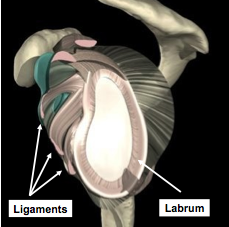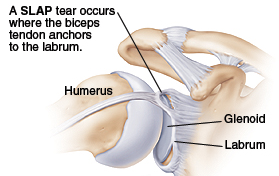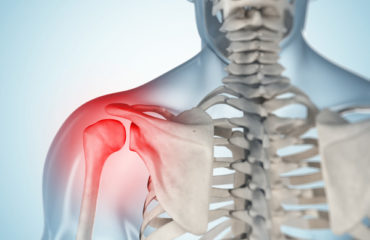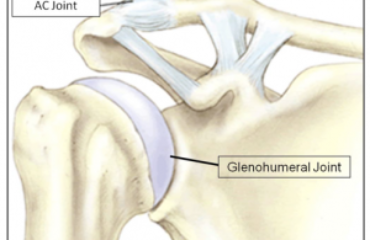The shoulder is a ball and socket joint that connects the scapula (shoulder blade), clavicle (collarbone) and humerus (upper arm bone). The glenoid is the shallow and flat socket of bone that can be found in the scapula. The humeral head is often larger than this socket, so a rim of soft, fibrous connective tissue known as the labrum makes the socket deeper. The labrum can deepen the socket by up to 50%, and serves as a stabilizer of the joint and attachment for ligaments.
Tears in the labrum are typically caused by direct injury to the shoulder, as happens when falls are broken awkwardly with the hand. Overuse can also lead to tears in the labrum. Athletes such as weightlifters and baseball pitchers face the risk of labral tears. Untreated, a labral tear can progress and cause further damage resulting in pain and decreased stability.
The length of recovery time from a labral tear will depend on the nature and severity of the injury. It is recommended that you approach an experienced physician, such as a Phoenix orthopedic surgeon, for the assessment of your injury. Your physician will conduct several clinical physical examinations, and may order additional imaging tests, such as Magnetic Resonance Imaging (MRI) or Computerized Tomography (CT) scans. The MRI may need dye as well, which is called an MRI arthrogram. If these exams are inconclusive, direct examination under arthroscopic surgery may be needed.

SLAP tear
If the treatment of the labral tear is managed nonsurgically, then the recovery time can be expected to last six to eight weeks after the injury. Nonsurgical treatment may involve medications for inflammation and pain control, and may be accompanied by a physical therapy and rehabilitation program to strengthen the shoulder’s stabilizing muscles. Cortisone or regenerative medicine injections such as stem cells or PRP therapy may be warranted if pain cannot be controlled by typical medications. Most patients are able to return to their normal functionality after this period of time. This may mean you can return to the playing field within the season, if you recover quickly enough.
If the surgical option is chosen with a top shoulder surgeon, a longer period of recovery is expected. Arthroscopic surgery is the recommended option to reduce healing time and complications. However, the shoulder will be kept immobile in a sling for up to four weeks postoperatively. During this period, the physical therapist may initiate passive range-of-motion exercises. After the removal of the sling, the affected arm will need to complete a rehabilitation to strengthen the previously immobilized muscles. Sports-specific training can be initiated as early as six weeks after surgery, although it may take as many as three months for the shoulder to be declared fit for athletic activity. The probability of playing again will depend on how many months are remaining in the season, and your own pace of recovery.



